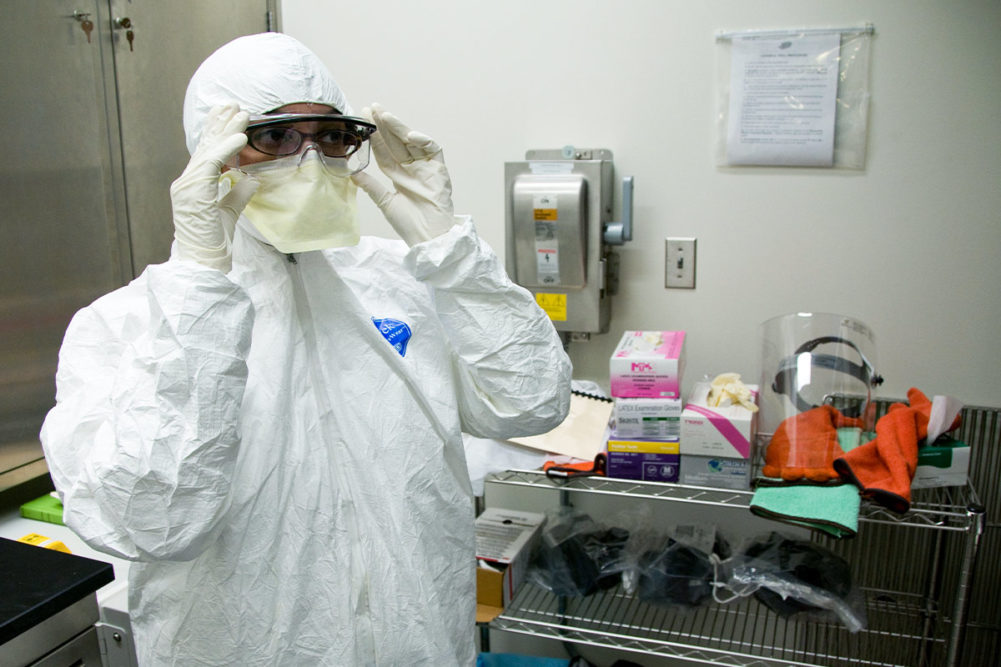SILVER SPRING, MD. — The US Food and Drug Administration (FDA) released a report May 5, “Resiliency Roadmap for FDA Inspectional Oversight,” detailing the mission-critical inspections it conducted in 2020 and its plans and priorities moving forward.
During the height of the COVID-19 pandemic in 2020, the agency postponed all routine surveillance facility inspections — both domestic and foreign — opting to conduct only mission-critical inspections to keep its employees and plant workers safe.
“Like most organizations around the world, the FDA experienced unprecedented and unique challenges during the SARS-CoV-2 pandemic,” said Janet Woodcock, M.D., acting FDA commissioner. “In particular, our inspection, surveillance and compliance activities were significantly impacted. The FDA fully understands the importance of getting back to a more consistent state of inspectional capacity.”
Between March 2020 and March 2021, the FDA conducted 821 mission-critical inspections, including 29 inspections conducted outside the United States. Of those 821 inspections, 324 were conducted between March and September 2020, and 497 were conducted between October 2020 and March 2021.
The agency conducted 26 mission-critical inspections at animal food facilities between March 2020 and March 2021, including seven inspections between March and September 2021 and 19 inspections between October 2020 and March 2021.
Mission-critical inspections are defined by the FDA as those involving the production of breakthrough therapy or regenerative medicine, distinctive medicines for serious diseases or conditions, products related to the FDA’s ongoing COVID-19 response, and in instances following a product recall, foodborne illness or another serious adverse event.
The agency began prioritizing domestic inspections in July 2020, based on its COVID-19 Advisory Rating system, which uses real-time data to determine “when and where it is safest to conduct prioritized domestic inspections” based on the number of COVID-19 cases in a specific area, the agency reported on July 10.
Priority inspections resumed the week of July 20 last year. The FDA conducted 777 priority domestic inspections between March 2020 and March 2021, including 17 at animal food facilities. Thirteen priority domestic inspections were conducted at animal food facilities between March and September 2020, and four were conducted between October 2020 and March 2021.
There are currently 115 outstanding for-cause follow-up inspections on the agenda through the remainder of 2021, which are triggered by consumer complaints or reports of adverse events, according to the FDA. Of these 115, seven are related to human and animal foods.
The FDA also shared that it has kept up with applications for medical product approvals, including animal drugs, throughout the pandemic, having received more than 13,500 applications since March 2020. The agency estimated there are 68 applications that have been delayed “due to the inability to conduct inspections,” many of which are not considered mission-critical.
Before the start of the pandemic, the FDA completed nearly 13,000 inspections in early 2020. The agency had a total of 21,000 inspections planned for 2020, and was able to complete 61% of those inspections within the year due to COVID-19 repercussions.
For the full year 2021, the FDA has planned 23,297 surveillance inspections, 21,521 of which are domestic and 1,776 are foreign. Of the total 23,297 inspections on deck, animal food makes up 1,705.
The FDA’s new roadmap for resuming inspections addresses how the agency implemented new tools and approaches to conduct remote evaluations through livestreaming, teleconferencing and screen sharing, requesting records, partnering with other local, state and federal regulatory entities to gather information, and conducting sampling and analytical testing of regulated products.
The report also details the FDA’s plan for resuming “standard operational levels of inspection activities,” including how those activities will be prioritized and performed. Due to the fluidity of the current situation, the agency has provided three scenarios — two best-case and one worst-case — in which mission-critical inspections and higher-risk facilities will remain top priority.
For example, the agency listed 12,285 domestic surveillance inspections for human and animal food in the queue for 2021. In its “Best-Case Scenario: Gradual Transition to Standard Operations,” the FDA would be able to conduct 10%, or 1,272, of those inspections by the end of the year. In its “Best-Case Scenario: Immediate Transition to Standard Operations,” it should be able to conduct 21%, or 2,579, of those inspections.
Lower-risk facilities or products will experience longer intervals between inspections, the FDA stated, as the agency adjusts to this new inspectional outlook. These low-risk scenarios include routine surveillance inspections, including sampling assignments, for human and animal food.
“This plan provides the public with a transparent picture of both the successes and challenges we’ve faced in these areas over the past year, as well as our plan moving forward,” Woodcock continued. “We want to assure the American public that we have used a variety of tools to oversee the regulated industry and ensure that Americans continue to have access to safe food and high-quality FDA-regulated products.”
Additionally, the agency’s efforts to modernize its data enterprise platforms and support a more innovative infrastructure for its regulatory oversight are currently underway. The FDA is gearing up to develop a multi-year plan to review its inspection procedures and improve them with cutting-edge technologies.
“The FDA is also establishing an agency-wide FDA Inspectional Affairs Council that will plan and coordinate inspectional activities,” the FDA stated.
Download the full FDA report here.
For more regulatory news affecting the pet food market, visit our Regulatory page.




